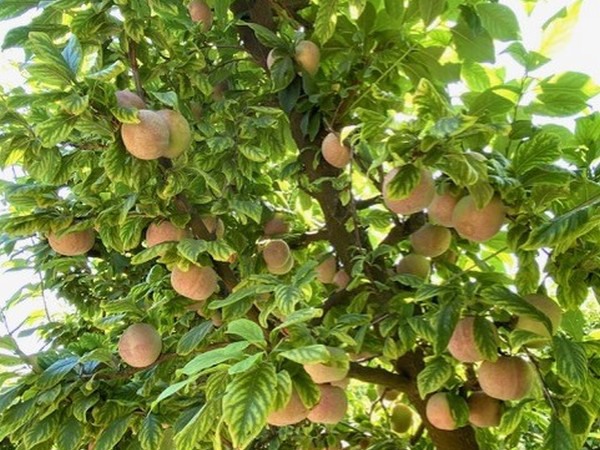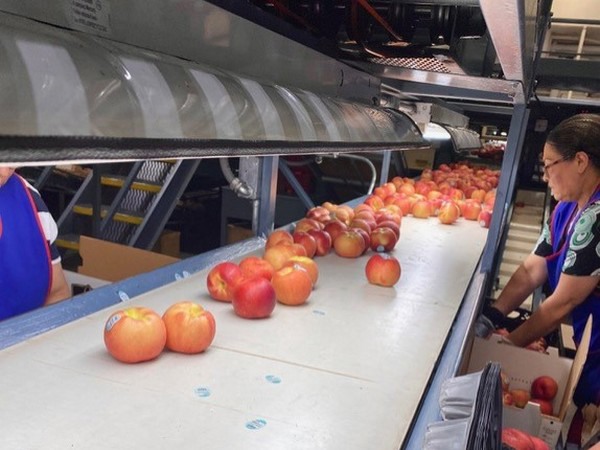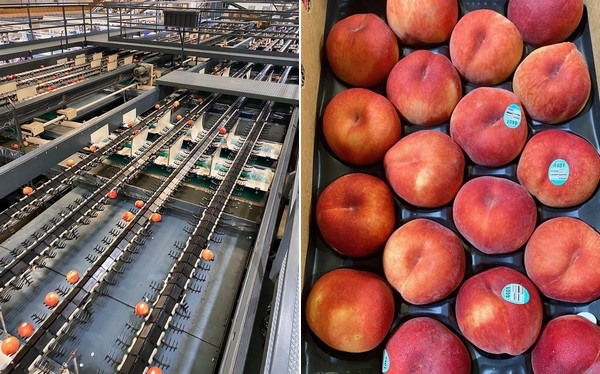A light supply and strong demand for California stone fruit are challenging the export market. “The demand overall is making it more difficult for exporters because the price is so high domestically that to go to any export markets, they just can’t afford the prices,” says Ken Barbic Sr. of The Fresh Connection. “People have ads set up and once they take care of those, if there’s anything left for export, they’ll send it there. However, things are changing. They’re getting better as we get into early July but it’s not going to be a normal year for us.”

Generally, the later start is attributed to a few issues causing the tight supply--weather at blossom was cold making pollination difficult and that was only amplified by the wet weather the state saw earlier this year.
Here’s how the varieties are looking.
Apricots: These are likely the most challenged variety of stone fruit given the freeze during the bloom killed the flowers. “Overall they’re the shortest in volume on stone fruit that we have,” says Barbic Sr.
Peaches/Nectarines: These started out fairly light in supply but are coming into better supplies. “They’re still on the light side though--people are saying 20-30 percent less than normal,” says Barbic Sr. Demand for nectarines and peaches is still high, even with the higher retail pricing seen this year. In addition, weather-related reduction of peach crops in other parts of the U.S. may well put California in a demand exceeds supply situation for much of the 2023 season.

Plums: There are inconsistent plum reports--some plum acreage was hit by bloom issues while others have a very good crop with a lot of fruit. “Also with the later start, the growers didn’t thin as heavily and now they have more smaller fruit than they normally would,” says Barbic Sr. That said, they do have more of a crop than last season but the prices on plums right now are very high.
As far as export markets, Japan is an up-and-coming market for nectarines and plums. “They actually send an inspector here along with our people doing the phytosanitary inspection. They’re getting more accustomed to our plum varieties and know which ones they want so there’s potential,” he says. Also on exports, while Taiwan is a mature, price-sensitive market, China is also one that isn’t being shipped to currently given it has local plums. The high pricing is also making it prohibitive to ship to China.

Looking ahead, if prices do change, Barbic Sr. believes it will be minimal on the downward side--something export customers are hoping for. That said, on July 12th the Section 32 food purchases will be announced by the USDA for food bank programs and more. “That’s when they’ll award the bids for nectarines and plums and that will affect supply on domestic and export because the bid price is good. Once that’s awarded, we’ll see more fruit being diverted towards that,” he adds.
 For more information:
For more information:
Ken Barbic Sr.
The Fresh Connection
Tel: +1 (925) 299-9939
[email protected]
http://www.thefreshconnection.com/
